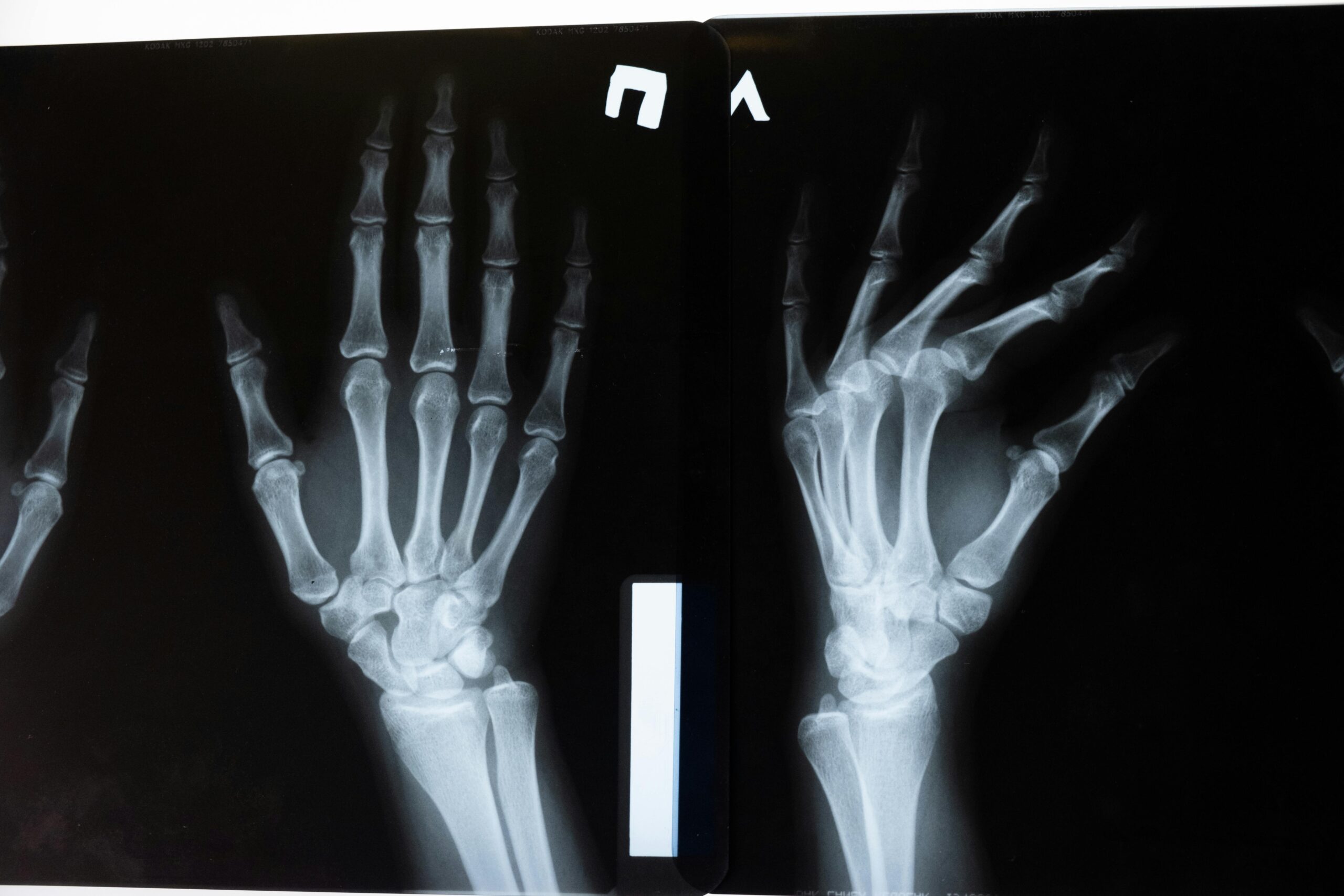When involved in a road traffic accident, the immediate priority is to ensure personal health and safety. Understanding the extent of injuries is crucial, and X-Ray Services play an integral part in assessing the damage caused by these accidents. In this article, we will explore why X-Ray Scanning is essential in road traffic accident cases, how it aids in diagnosis, and its importance in legal and insurance claims.
The Importance of X-Ray Scanning in Diagnosing Injuries
X-Ray Scanning is often the first diagnostic imaging technique used following a road traffic accident. This method of medical imaging is highly effective in detecting injuries to bones and joints that are commonly sustained in such incidents. These injuries may include fractures, dislocations, and, in some cases, soft tissue damage when combined with other diagnostic modalities.
One of the primary reasons why X-Ray Services are used is their ability to provide immediate results. In accident cases where internal damage may not be visibly apparent, X-Ray Scanning can reveal critical details about bone fractures, spinal injuries, or any other skeletal trauma. Prompt detection of these issues is vital for determining the appropriate course of treatment.
Key Injuries Detected by X-Ray Services
- Fractures and Dislocations: X-Ray Scanning allows doctors to identify bone fractures and dislocations, both of which are common in road accidents.
- Spinal Injuries: Spinal trauma can be life-altering. X-rays help in the initial assessment of damage to the vertebrae, which might indicate more severe spinal cord injuries.
- Chest and Rib Injuries: X-rays can detect fractures in ribs and other parts of the thorax, helping to rule out further complications like pneumothorax or internal bleeding.
X-Ray Results in Legal and Insurance Proceedings
The medical documentation provided by X-Ray Services is not just essential for immediate diagnosis and treatment, but also for the subsequent legal and insurance processes following a road traffic accident. Clear and well-documented evidence of injuries significantly supports compensation claims.
In many legal cases, the plaintiff’s ability to prove injury is critical. X-Ray Scanning offers clear, tangible proof of the extent of injuries. This proof is often necessary when determining the liability of the at-fault party in court. Insurance companies also rely heavily on medical imaging to validate the extent of injuries and assess the compensation required for recovery.
Why Are X-Ray Results Vital for Legal Claims?
- Medical Proof: X-rays provide undisputable medical evidence that an injury has occurred. This can be a pivotal part of any injury claim.
- Severity of Injury: The degree of injury is often disputed in road traffic accidents. X-rays can help show whether a bone is broken, or simply bruised, influencing the outcome of claims.
- Long-term Prognosis: X-rays contribute to the long-term assessment of injury recovery. If complications are likely due to the injury, this too can impact the compensation awarded.
X-Ray Scanning for Soft Tissue Injuries and Hidden Trauma
While X-Ray Services excel at identifying bone injuries, in some cases, further imaging techniques may be necessary to assess soft tissue damage. However, X-Ray Scanning can sometimes provide clues to associated injuries, such as swelling or abnormal bone alignment, indicating underlying soft tissue trauma.
The visibility of these associated markers can lead to additional testing with methods like MRI or CT scans, but the initial use of X-Ray Scanning remains a crucial first step.
Common Soft Tissue Injuries Identified Indirectly:
- Whiplash and Neck Injuries: These can sometimes cause misalignments detectable by X-Ray Scanning, even if the damage is to muscles or ligaments.
- Ligament Tears: X-rays can show joint space abnormalities suggesting ligament or tendon injuries, necessitating further imaging.
The Role of X-Ray Technology in Monitoring Recovery
The role of X-Ray Services does not end with the initial injury diagnosis. X-rays are also used in follow-up appointments to monitor the healing process, ensuring that bones are healing correctly. If fractures do not heal as expected, additional interventions may be necessary, which can be documented through repeat X-Ray Scanning.
Regular X-rays during recovery can ensure that complications like malunion (where a bone heals incorrectly) or nonunion (where a bone fails to heal) are identified early, allowing for timely medical intervention.
Conclusion
X-Ray Services provide a foundation for both the medical treatment and legal aspects of road traffic accident cases. By offering quick, reliable insight into injuries, they serve as an invaluable tool for ensuring accurate diagnosis and thorough documentation. Whether for fractures, spinal injuries, or follow-up care, the role of X-Ray Scanning is essential in determining the path to recovery and securing just compensation in legal claims.



